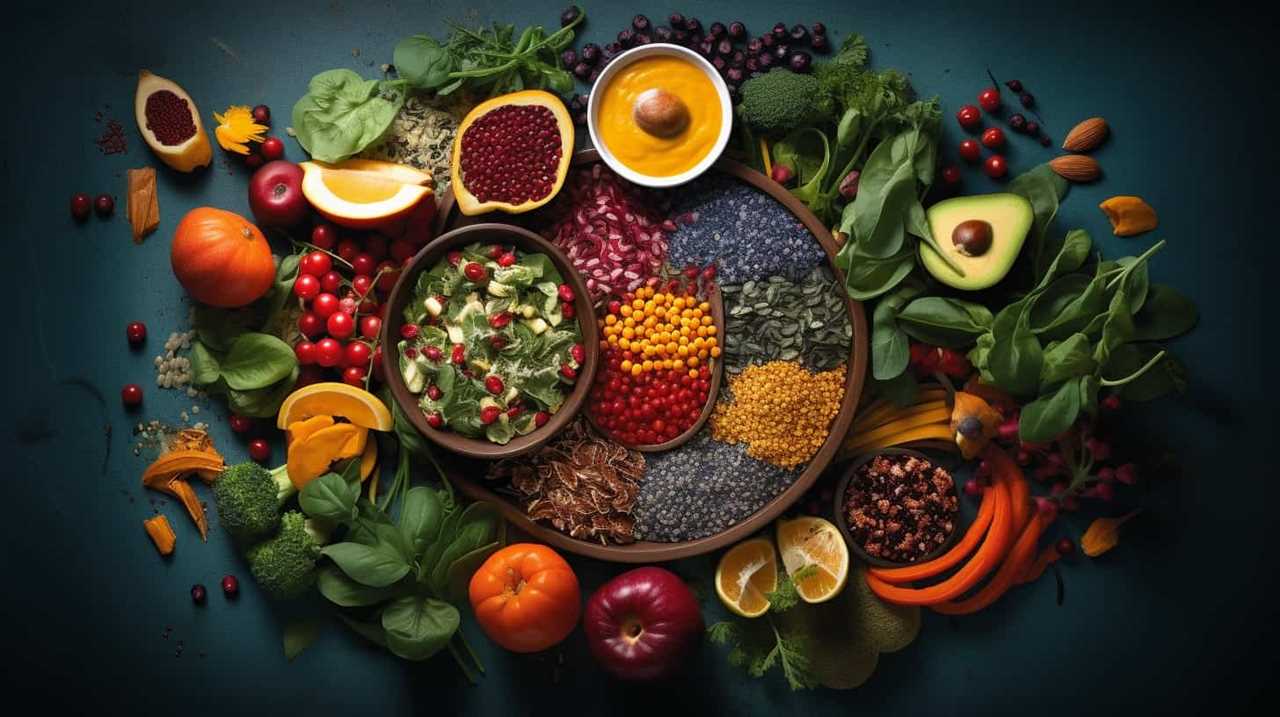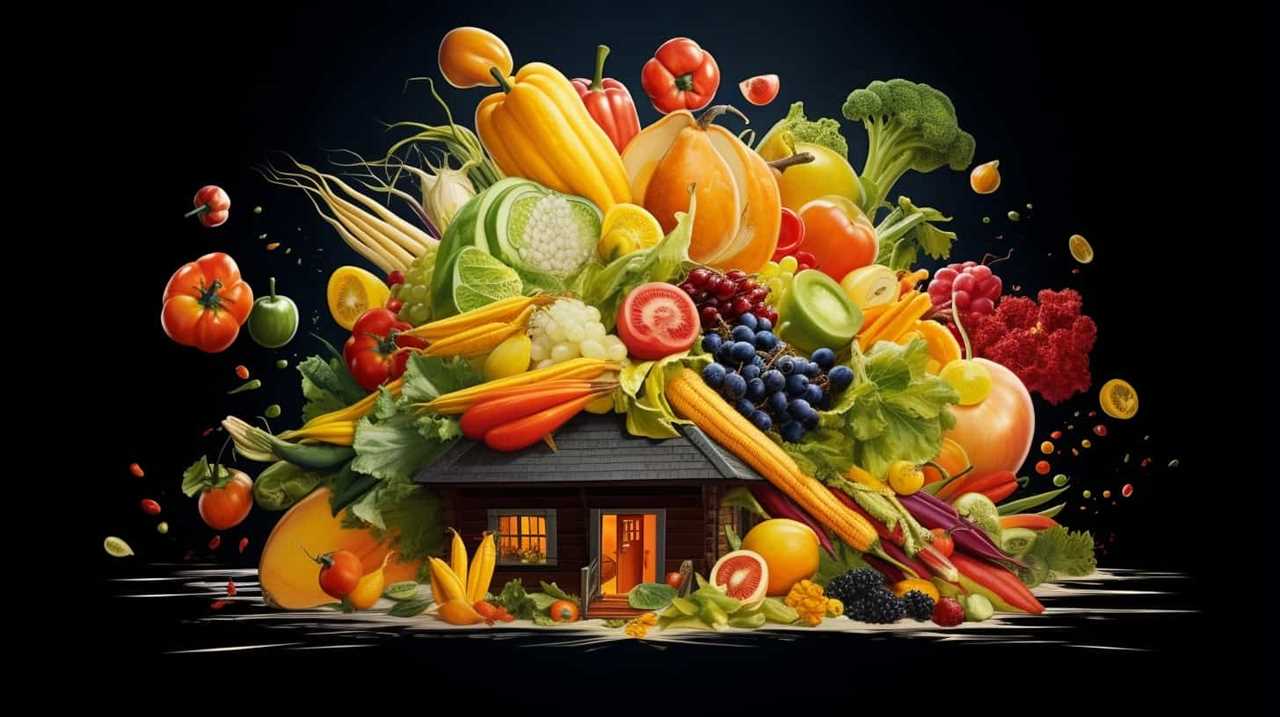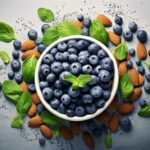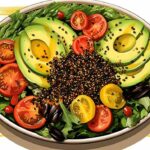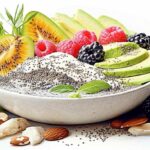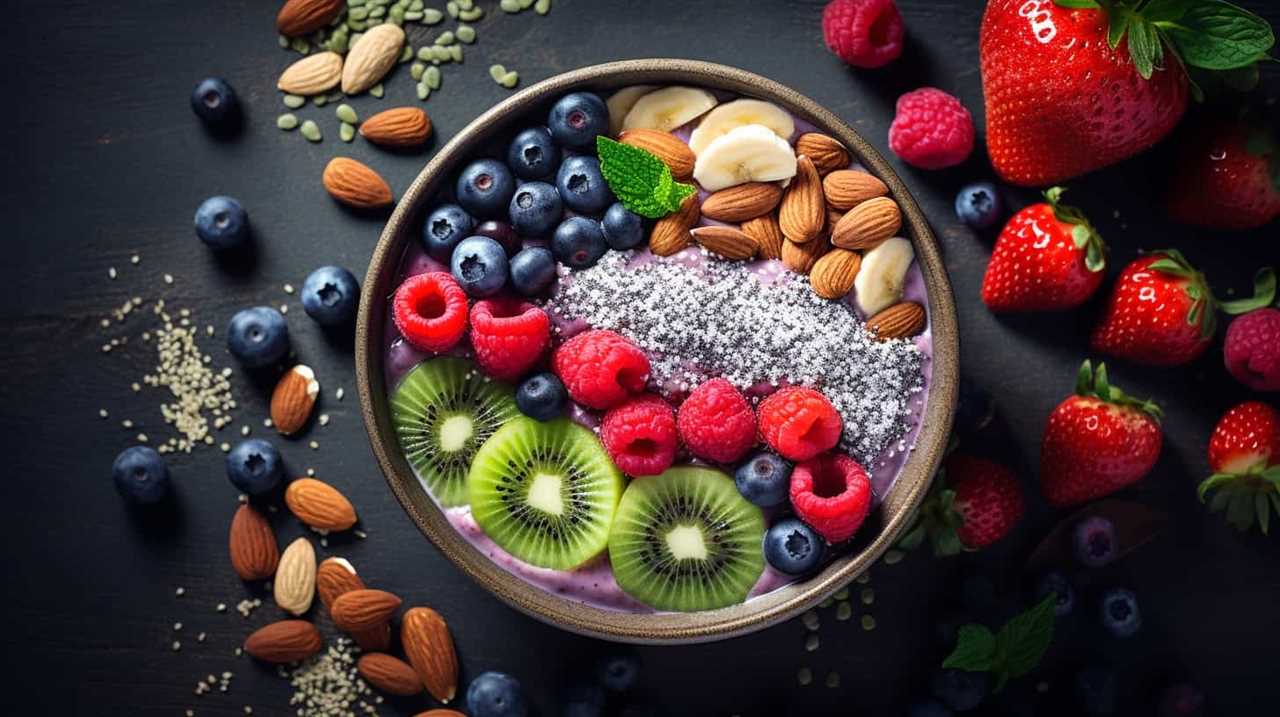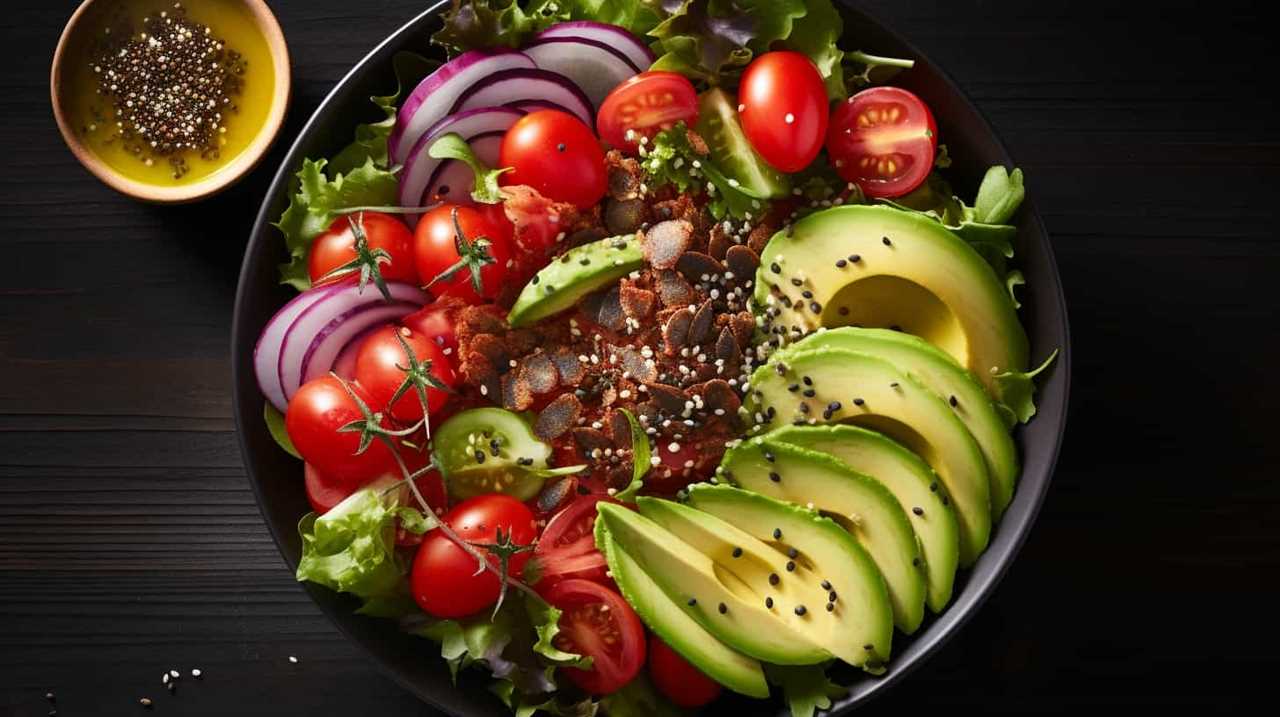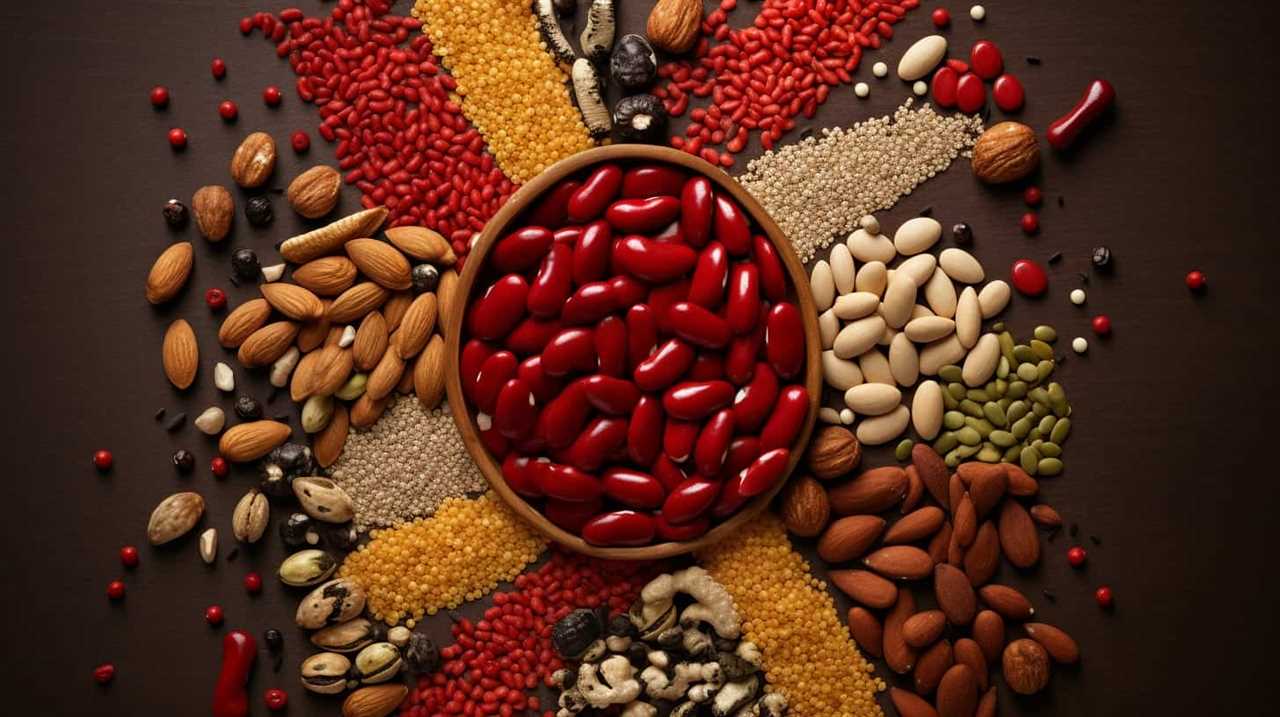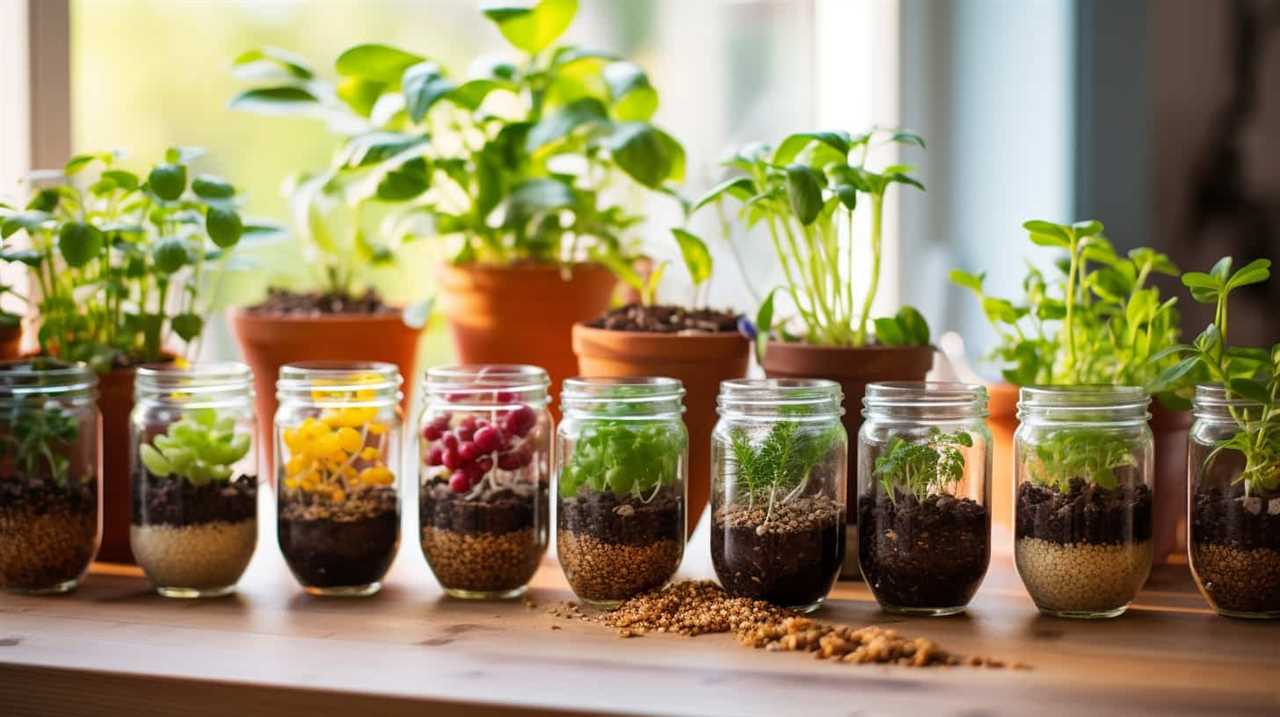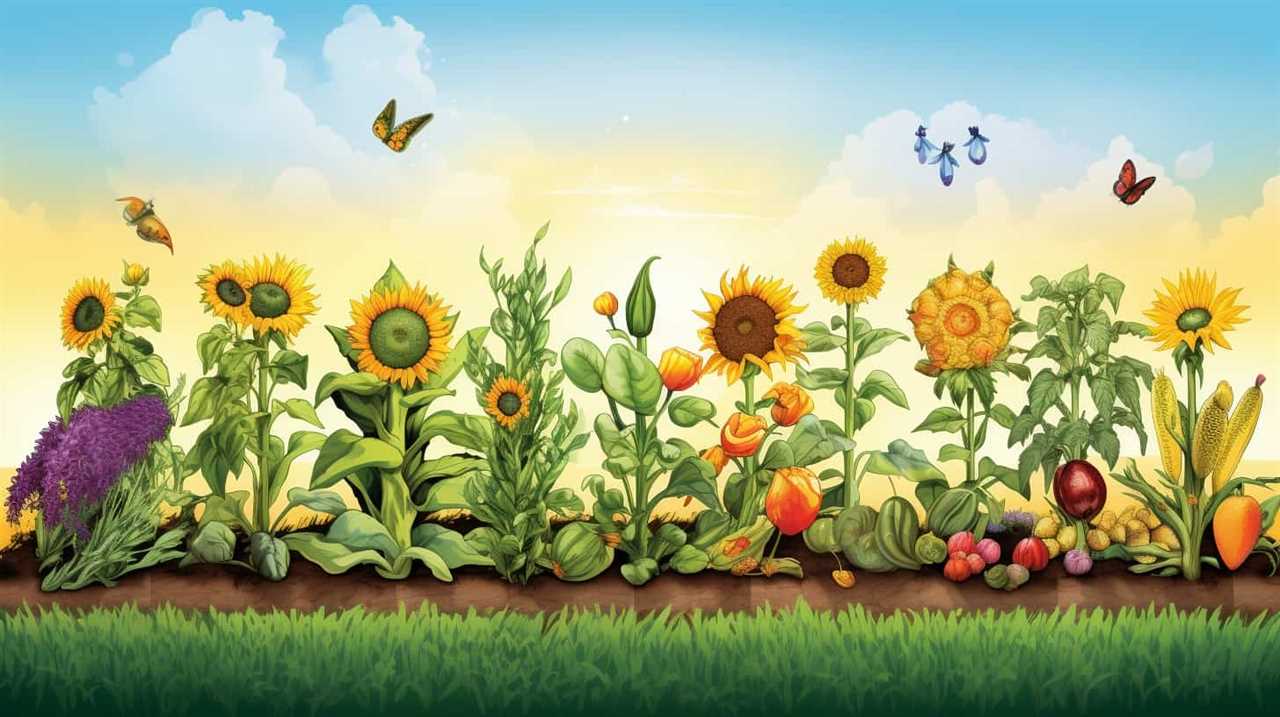Alright, everyone! Let’s explore the optimal conditions for successful commercial chia farming.
Get ready to unlock the secrets of temperature requirements, sunlight and photoperiod, soil and drainage conditions, watering and irrigation schedule, and nutrient requirements.
We’ll paint a vivid picture of the ideal environment for chia growth, providing you with all the technical details you need to flourish in this liberating endeavor.
So, buckle up and let’s embark on this fruitful journey together.
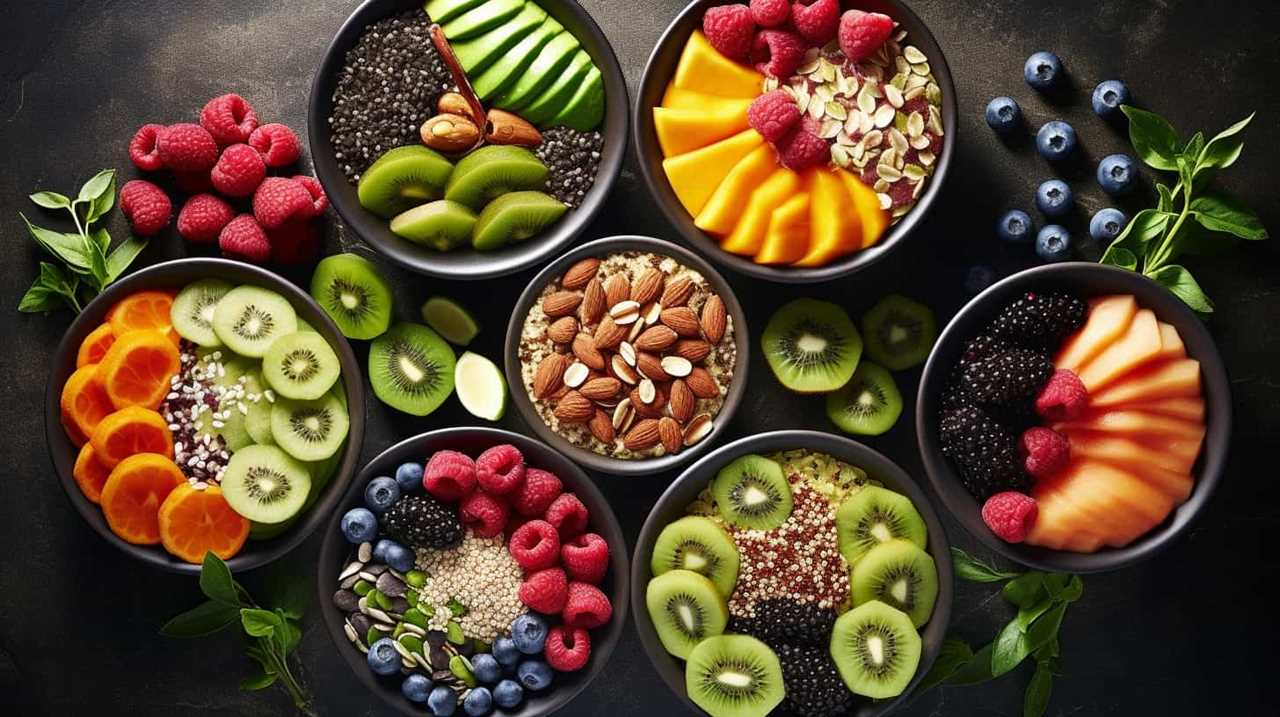
Key Takeaways
- Chia seeds require temperatures between 70°F and 95°F for germination and cannot tolerate temperatures below 32°F or above 95°F.
- Chia plants need a minimum of six hours of direct sunlight per day to thrive and can be manipulated through photoperiod to control flowering and seed production.
- Proper soil preparation, fertility, and drainage are important considerations for successful chia cultivation.
- Watering and irrigation should be managed using water-saving techniques, and irrigation schedules should be adjusted based on weather conditions and plant growth stage.
Temperature Requirements
We rely on maintaining optimal temperatures for successful commercial chia cultivation. Climate considerations play a crucial role in determining the suitable temperature range for chia seed germination and subsequent growth.
Chia seeds require a warm climate with temperatures between 70°F and 95°F for successful germination. These temperature conditions promote seed activation and enhance the overall germination process. It’s important to note that chia seeds are sensitive to frost and can’t tolerate temperatures below 32°F. Extreme heat above 95°F can also negatively impact chia cultivation, leading to reduced germination rates and plant stress.
Therefore, maintaining a consistent temperature within the recommended range is essential for maximizing chia crop yield and quality.
Now, let’s delve into the next aspect of chia cultivation: sunlight and photoperiod.
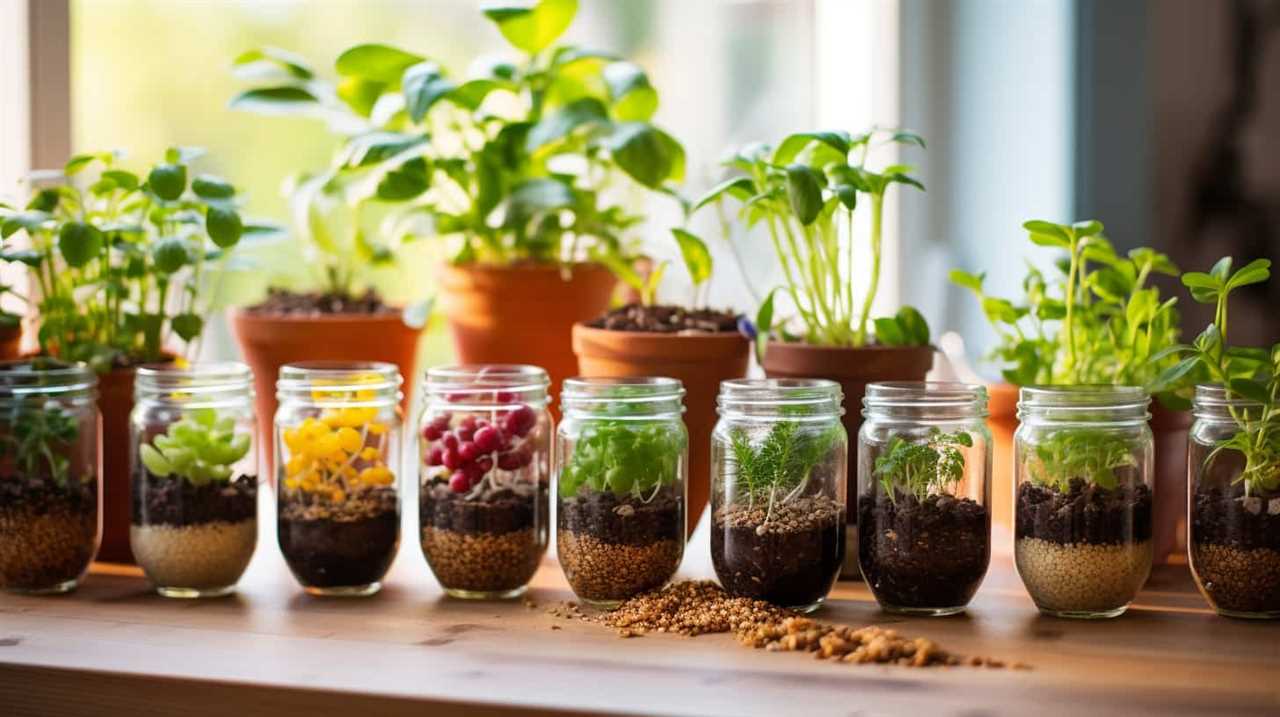
Sunlight and Photoperiod
Optimizing sunlight exposure and understanding photoperiod is crucial for successful commercial chia cultivation. Sunlight intensity plays a significant role in the growth and development of chia plants. Chia requires a minimum of six hours of direct sunlight per day to thrive. It’s important to ensure that the chia plants receive the optimal amount of sunlight to maximize photosynthesis and promote healthy growth.
Photoperiod, or the duration of light exposure, also has a profound impact on chia growth. Chia plants are classified as short-day plants, meaning they require shorter periods of daylight to initiate flowering. This makes them well-suited for cultivation in regions with shorter day lengths or during certain seasons. By manipulating the photoperiod, commercial chia growers can control the flowering and seed production of their crops, ultimately maximizing yield and profitability.
Understanding the interplay between sunlight intensity and photoperiod is essential for achieving optimal chia cultivation results. By providing the right amount of sunlight and managing the duration of light exposure, commercial chia growers can ensure the successful growth and development of their crops.
Soil and Drainage Conditions
To ensure successful commercial chia cultivation, we must also consider the soil and drainage conditions.
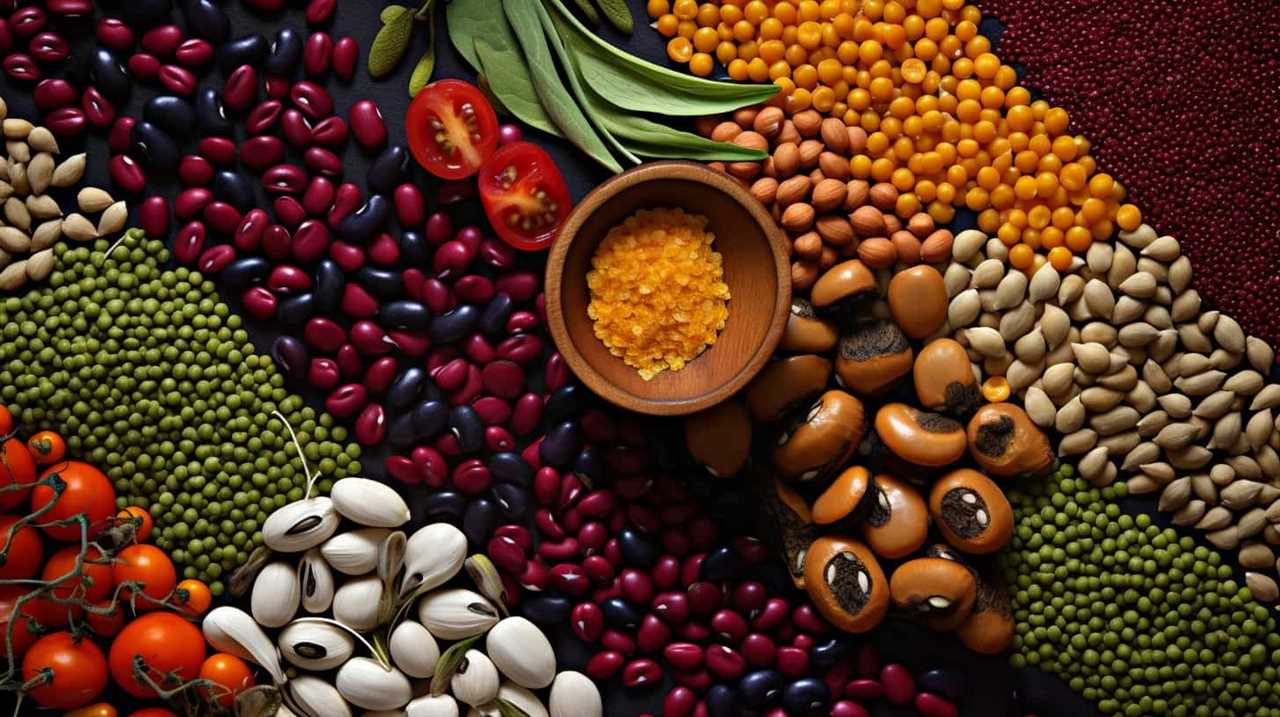
The fertility of the soil plays a crucial role in the growth and yield of chia plants. It’s important to improve soil fertility by incorporating organic matter, such as compost or manure, which will provide essential nutrients and enhance soil structure.
Additionally, managing pests is essential for maintaining a healthy chia crop. Regular monitoring and early detection of pests can help prevent infestations. Integrated pest management techniques, including the use of beneficial insects and natural repellents, can be employed to minimize the use of chemical pesticides.
Proper drainage is also crucial for chia cultivation. Excess water can lead to root rot and other diseases, so ensuring adequate drainage through proper soil preparation and the use of raised beds or trenches is essential.
Watering and Irrigation Schedule
Efficiency is key when developing a watering and irrigation schedule for successful commercial chia cultivation. To ensure the plants’ health and productivity while conserving water, certain practices should be followed:
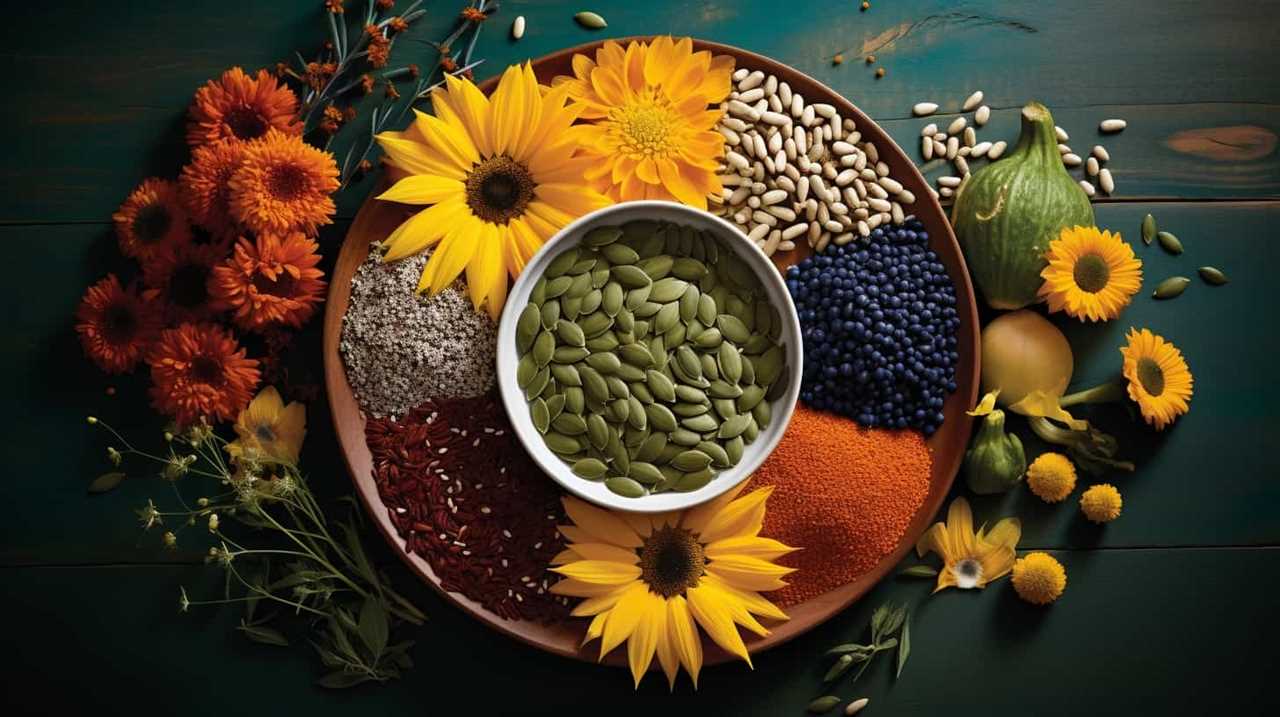
- Drought tolerance: Select chia varieties that have high drought tolerance. These varieties can withstand periods of limited water availability without significantly affecting their growth or yield.
- Water conservation: Implement water-saving techniques such as drip irrigation or precision sprinklers. These methods deliver water directly to the plant’s root zone, minimizing evaporation and runoff.
- Monitoring soil moisture: Regularly monitor the moisture levels in the soil to determine the optimal irrigation frequency. This can be done using soil moisture sensors or by visually inspecting the soil’s moisture content.
- Adjusting irrigation schedule: Adjust the irrigation schedule based on weather conditions and the stage of plant growth. During periods of high heat or drought, increase the frequency and duration of watering to meet the plants’ needs.
Nutrient Requirements
For successful commercial chia cultivation, we need to ensure that the nutrient requirements are met through the use of appropriate fertilizers and amendments. Chia plants have specific nutrient needs to thrive and produce high-quality seeds. Nitrogen, phosphorus, and potassium are the primary macronutrients required in chia cultivation.
Nitrogen promotes leaf growth and overall plant vigor, while phosphorus aids in root development and flowering. Potassium helps with disease resistance and improves the quality of seeds. Additionally, micronutrients such as calcium, magnesium, and boron are vital for chia plants’ health and productivity.
To address these nutrient requirements, fertilizers and amendments rich in these elements should be applied at the right stages of growth. Regular soil testing is essential to determine the nutrient levels and adjust the fertilizer application accordingly. Proper nutrient management is crucial for minimizing pest infestations and maximizing yields.
Effective pest management and harvesting techniques will be discussed in subsequent sections.
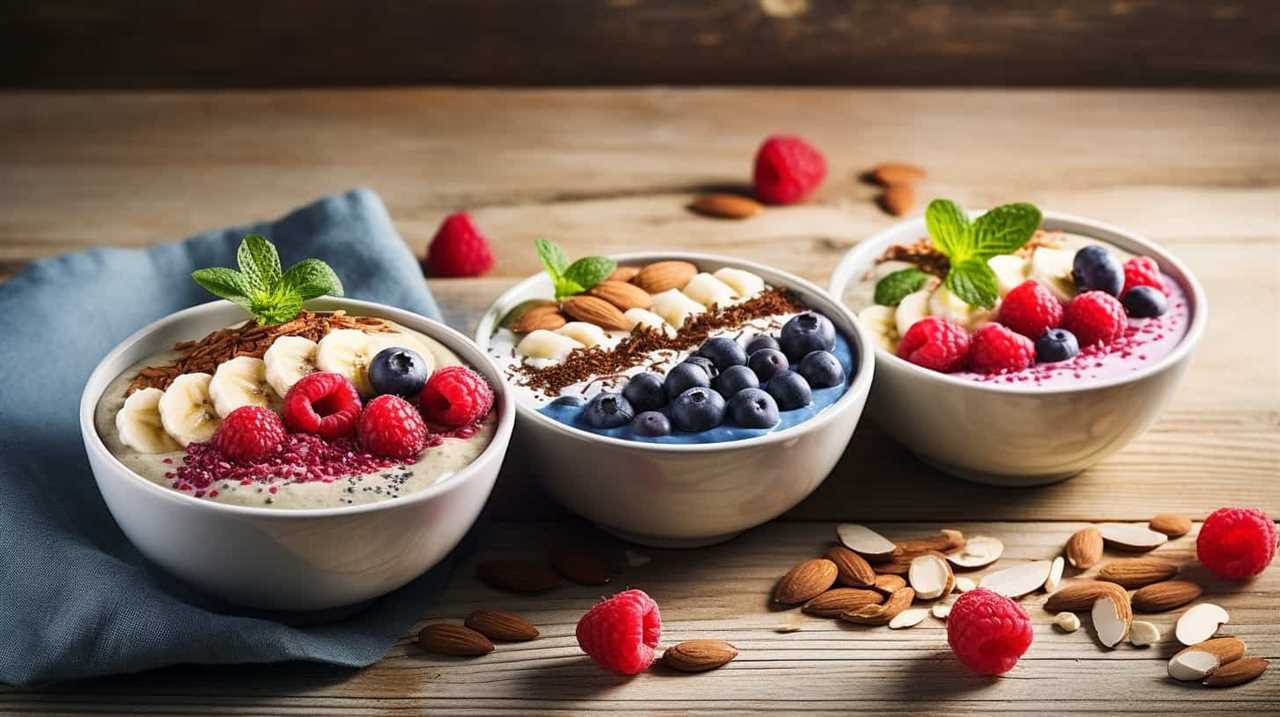
Conclusion
In conclusion, cultivating chia commercially requires meticulous attention to temperature, sunlight, soil, watering, and nutrient conditions. By ensuring the ideal environment for chia growth, farmers can maximize their yield and success.
From maintaining the optimal temperature to providing sufficient sunlight and irrigation, every aspect plays a crucial role in the cultivation process. By adhering to these guidelines, farmers can create the perfect conditions for thriving chia crops, ultimately reaping the rewards of their hard work and dedication.
